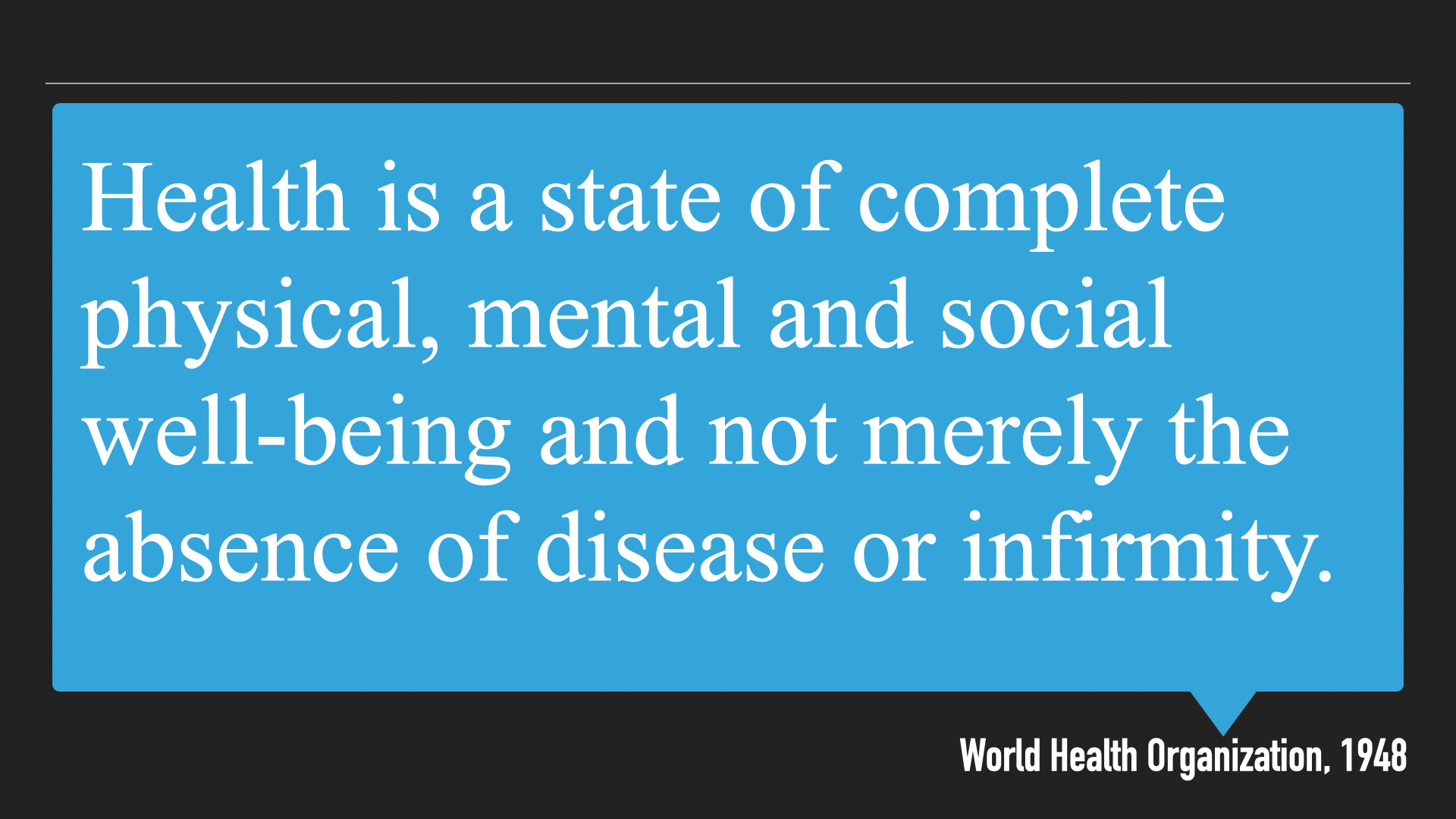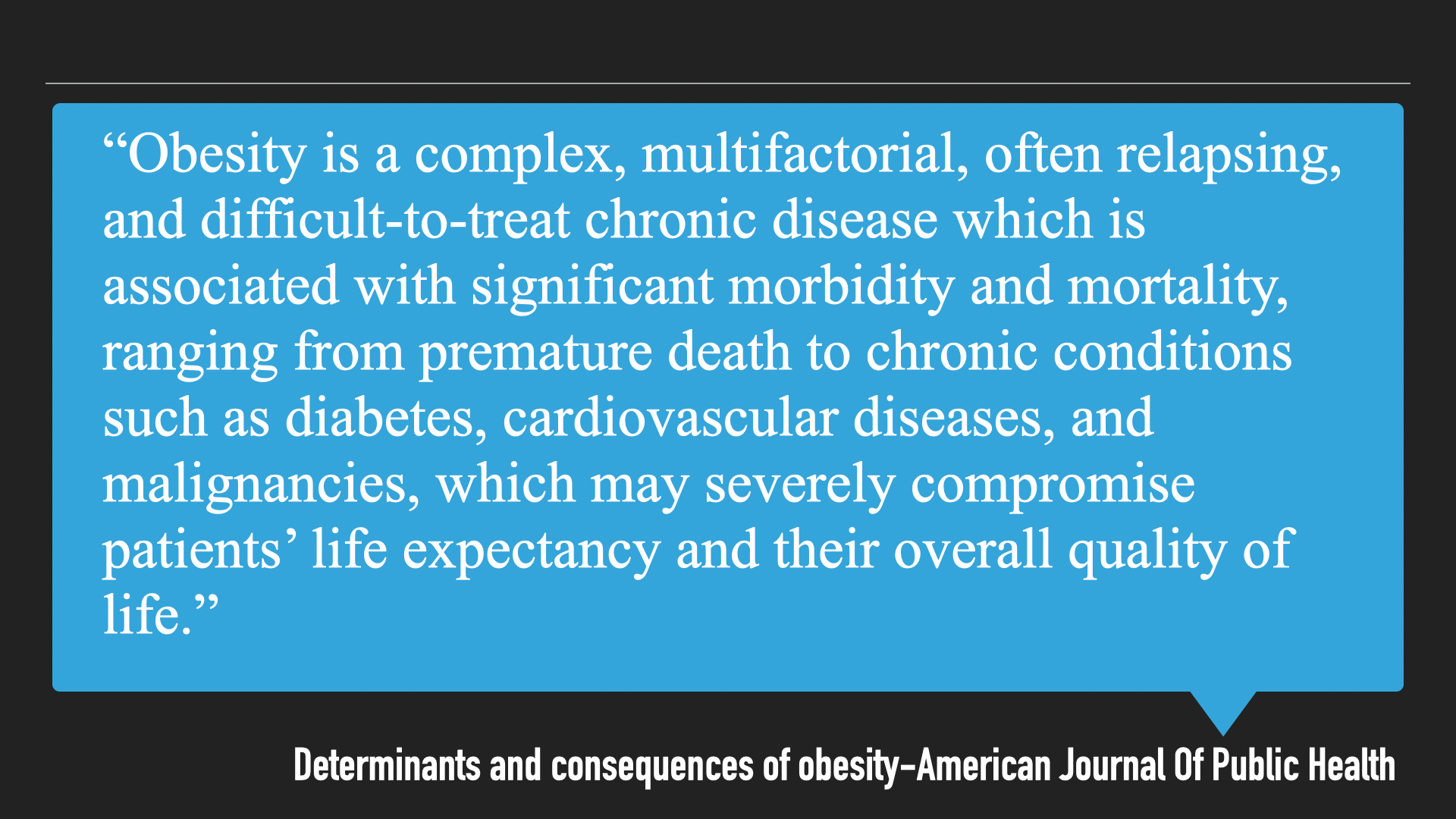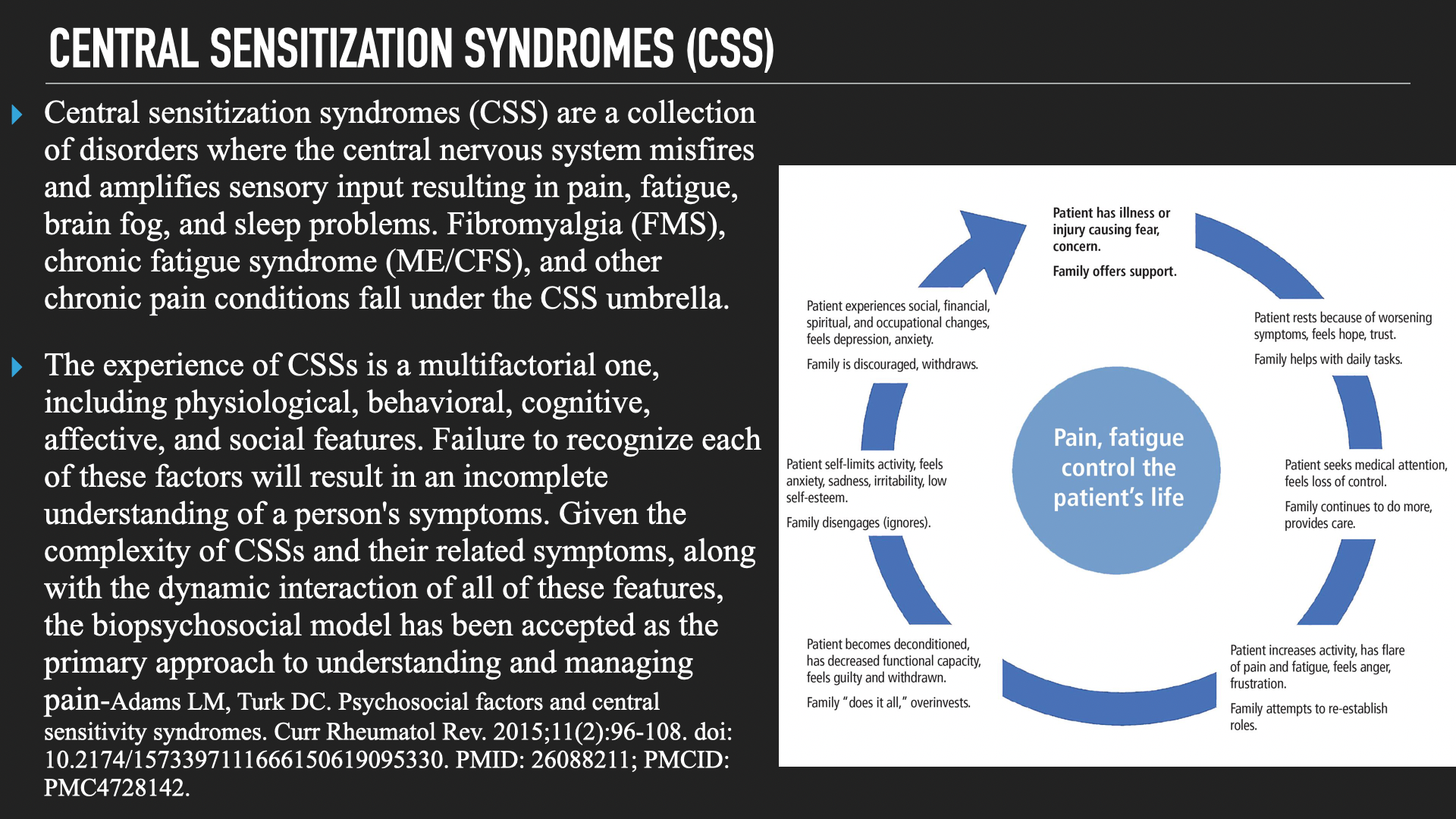Stop Trying To “Reset” Your Nervous System
2024-08-29
She just started crying, I just wanted her to know it was okay! That was Jessica and my last experience at last weekend’s Perform Better conference. She wasn’t the only one either! A very nice and in shape woman came up to Jessica and me after Jessica just finished her last session of the weekend. Attending both Jessica’s and my sessions, this woman very gently asked, “can I ask you a question?”

Not sure where it was going to go, she explained how she had been in a car accident six years ago, and even though she had been to physical therapy and tried to help her heal from the injuries she sustained. As she continued to share all that she had done to work on herself, she started to say, “I should be over it by now.” Once those words were uttered I saw tears welling up in her eyes.
Why? Why should you be over it, I asked.
Six years does feel like a long time to still have issues from something, but then she went on to share even more how she has a medical condition that required medication as a kid that made her lose her coordination. Other kids made fun of her and then found out her parents were very judgmental of her as well. The tears started to flow and it only made my heart break for her more.
You see, from the outside most people would say that she was VERY healthy. Looking fit, she appeared to be walking around in a good mood, why would you think otherwise? However, it took only a few minutes of getting to know her to find out she was suffering, A LOT. Not just physically as her chronic pain took a toll on her, but emotionally as well.

Jessica and I spent some time trying to explain probably what was going on with her pain and providing her with resources that could help her heal. Just the look of hope from her was enough to make us feel like she was going to go on the right path.
I share this story with you because it takes great courage to be vulnerable to people, especially strangers. Most of us though hit a point in our lives where we will do anything to get better, but it is still a major step for everyone. Jessica told me afterward that after my lecture on the new science of low back pain, there were several people were in similar emotional states relating to how chronic pain can suck the joy out of your life.
It made everything we are doing with our Myofascial Integrated Movement system (MIM) worthwhile. After all, MIM started simply as wanting to share what worked for me in regaining control of my own life. I have shared many times that with my aggressive degenerative spinal disease and 7 spinal surgeries, I went through VERY difficult years. Feeling desperate isn’t a great experience, but it sometimes opens you up to things you would have never considered.
As I not only dove into the research, I started becoming more and more aware of the actual health problems that were keeping people not just from reaching their fitness goals, but their life goals.
Like what?
Our nervous system is probably A LOT more powerful than most people give it credit for, we know that our nervous system what makes us stronger (especially in the initial phases of training), but it does much more than that!
View this post on Instagram
From world renowned neuroscientist, Dr. Lisa Feldman Barrett
The nervous system takes in information and creates the world we experience. All the systems of our body are connected to our nervous system and are impacted by its state. That means past experiences, especially those of our childhood impact not only how we deal with emotions, and stress, but also physical pain. When our system becomes highly sensitive due to these past experiences, as well as impactful current ones, we can start to develop a lot more issues of chronic pain, but also other health conditions. The state that is created by an overly sensitive nervous system creates havoc in our internal systems and why people with such issues often develop other chronic issues including obesity!

This has led to a lot of people in the fitness industry to discuss “resetting” your nervous system. Unfortunately, this goes back to the false idea the body is a machine idea. It isn’t as though you can just reset your body’s software and now all those experiences are all gone. What we CAN do though is learn to regulate our nervous system. You don’t have to experience bad chronic pain to find this very beneficial. If you have insomnia, brain fog, lack of motivation, anxiety that keeps you from doing things you want, these are all elements of the same issues of the nervous system.

From a fitness professional, strength, or physical therapist side of things, it could seem impossible to do too much about such issues. However, research will tell us otherwise! The work of Dr. Bessel Band Der Kolk who is best known for his landmark book, “The Body Keeps The Score” highlights in his research some key elements….
” Reminders of traumatic experiences activate brain regions that support intense emotions, and decrease activation in the central nervous system (CNS) regions involved in (a) the integration of sensory input with motor output, (b) the modulation of physiological arousal, and (c) the capacity to communicate experience in words. Failures of attention and memory in posttraumatic stress disorder (PTSD) interfere with the capacity to engage in the present: traumatized individuals “lose their way in the world…..
effective treatment needs to involve (a) learning to tolerate feelings and sensations by increasing the capacity for interoception, (b) learning to modulate arousal, and (c) learning that after confrontation with physical helplessness it is essential to engage in taking effective action.” (1)
That sounds like A LOT, but work by Dr. Van der Kolk and others have shown us very practical ways of accomplishing some of these goals (depending upon how good you are at teaching and discussing them) with people even in training.
Mind-body practices can have a REALLY big impact as long as we don’t approach it with trying to solve all our issues and work on just experiencing what is happening in the here and now…
” Yoga significantly reduced PTSD symptomatology, with effect sizes comparable to well-researched psychotherapeutic and psychopharmacologic approaches. Yoga may improve the functioning of traumatized individuals by helping them to tolerate physical and sensory experiences associated with fear and helplessness and to increase emotional awareness and affect tolerance.” (2)
“Tai Chi and Qigong (TCQ )has been shown to be safe and effective at promoting aerobic cardiovascular fitness, muscle strength, emotional functioning, and quality of life in patients with a variety of chronic conditions, such as chronic heart failure, cancer, osteoarthritis, and pulmonary disease (Chen et al., 2016; Song et al., 2017; Taylor-Piliae & Finley, 2020). A study comparing Tai Chi with physical therapy for patients with knee osteoarthritis found the two treatments to be similar in improving pain, physical function, and stiffness, although the Tai Chi group showed significantly better improvements in depression and the physical component of quality of life (Wang et al., 2016). An umbrella review investigating the potential for TCQ to alleviate symptoms of Gulf War Illness concluded that TCQ appears to provide benefit to both physical and mental health symptoms that are commonly associated with this chronic condition (Reid et al., 2019). A recent review of physical interventions (e.g., exercise, yoga) for trauma and stressor-related disorders indicates that these interventions constitute a promising approach for trauma-exposed individuals (Davis et al., 2021). Importantly, the synergy between the physical and mental components of TCQ appears key to its efficacy in benefiting the psychological well-being and quality of life among patients with chronic disorders (Wang et al., 2004). Given the simultaneous focus on body and mind in TCQ, we conjecture that it may be especially well-suited to the treatment of PTSD, a disorder characterized by both physical and mental symptoms.” (3)
How Do You Start?
One of the most difficult things for both professionals and those they are trying to help understand is that when you are implementing the following strategies you aren’t trying to “fix” anything as that creates more issues in the nervous system as the renowned Pain Reprocessing Therapy group explains…
View this post on Instagram
As mindfulness expert, Jon Kabat-Zinn says, “If we are not careful, it is all too easy to fall into becoming more of a human doing than a human being, and forget who is doing all the doing, and why.”
So, one of the keys is not getting caught up in all the judgement of “good and bad” whether that is in identifying sensations, thoughts, emotions, or how you are doing a movement. That doesn’t mean we can’t work on improving how we do things, but being careful in the judgements we put behind them is key. For example, we work slowly with just being aware of breath because most people when you introduce breath work are overly focused on “am I doing it right?”, “what am I suppose to feel?”, “I’m no good at this!”, “this is stupid”, and so forth. That is why using movement with breath is a great way to introduce people to these ideas as I break down below…..
We have a special opportunity to save 30% on our MIM programs and Masterclasses with code “labor30” HERE and check out our Mobility Balls HERE
If you want to progress, or if you have people that aren’t quite bought in but you know they can benefit from such training we can add more movement as you see below…
References:
- Van der Kolk, Bessel A. “Clinical implications of neuroscience research in PTSD.” Annals of the New York Academy of Sciences 1071.1 (2006): 277-293.
- van der Kolk Laura, Bessel A., et al. “Yoga as an adjunctive treatment for posttraumatic stress disorder: A randomized controlled trial.” The Journal of clinical psychiatry 75.6 (2014): 22573.
- Niles, Barbara L., et al. “Tai Chi and Qigong for trauma exposed populations: A systematic review.” Mental health and physical activity 22 (2022): 100449.
© 2026 Ultimate Sandbag Training. Site by Jennifer Web Design.







